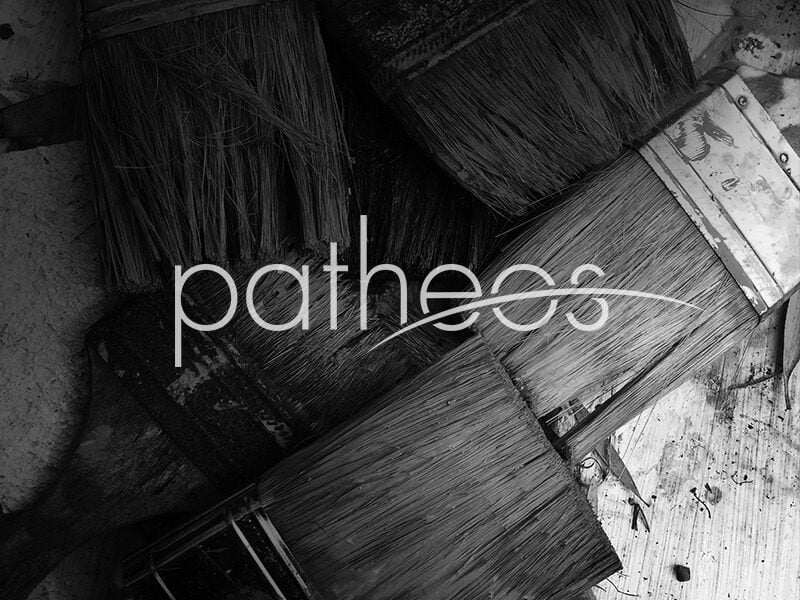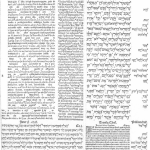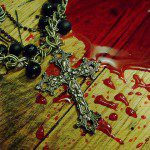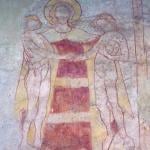Rome, Italy, Dec 19, 2016 / 06:01 pm (CNA/EWTN News).- St. Leopold Mandic may not be as recognizable as his Capuchin brother, St. Pio of Pietrelcina, but his life is a moving testament to perseverance and faith despite lifelong physical ailments. St. Leopold was born Bogdan in 1866 in Dalmatia, Croatia and he was the youngest of 12 children. From an early age, Bogdan suffered from a severe stutter and strong adnominal pains. Chronic arthritis gave him a stooped frame and gnarled hands. But, what the future saint lacked in physical health, he made up for with spiritual strength. At 16, Bogdan left Croatia for Italy, where he studied at the Capuchin Seraphic School at Udine. He entered the Capuchin order as a novice in 1884 at Bassano del Grappa and took the religious name Brother Leopold. He made his Profession of Vows one year later and was ordained a priest in Venice in 1890. After his ordination, St. Leopold yearned to become a missionary in Eastern Europe. At the time, Eastern Europe was ravaged by religious conflict. But, St. Leopold’s superiors denied his request to become a missionary because of his poor health. Instead, he was stationed at various friaries in the Venetian province and eventually taught about the early Church Fathers at a school in Padua, where he became well known for his devotion to his students and his hours spent in prayer each night. After a brief exile to southern Italy during World War I, St. Leopold returned to Padua and would remain in the city for the rest of his life. Bent and increasingly weak with age, St. Leopold spent much of the next three decades hearing confessions and providing spiritual direction from inside his small cell in Padua. The friar would spend up to 15 hours a day hearing confessions from people from every walk of life. He also adopted special sacrifices, prayers and fasts. Word of the friar’s mercy spread quickly and soon St. Leopold faced accusations of ignorance or excessive leniency in the confessional. To which the holy friar responded, “Should the Crucified blame me for being lenient, I would answer Him: Lord, you gave me this bad example. I have not yet reached the folly of your having died for souls.” In 1942, St. Leopold fainted while preparing for Mass. He was reportedly weak from spending the previous day hearing nonstop confessions and the entire night in prayer. He died while singing the final words of the Salve Regina. The saint had suffered from esophagus cancer, which is believed to be the cause of his death. St. Leopold’s example seems to be close to Pope Francis’ heart. The Pope requested the relics of St. Leopold to come to Rome for the Jubilee of Mercy. Pope Francis also offered St. Leopold as an example of a merciful priest in his interview earlier this year with Italian journalist Andrea Tornielli. Just in: #PopeFrancis prayed at #StPio & St Leopold's relics in St Peter's Basilica today. #Vatican Pic @oss_romano pic.twitter.com/sD56UxmJy7 — Catholic News Agency (@cnalive) February 6, 2016 In the interview, Pope Francis referenced an old homily by Pope John Paul I, who was Cardinal Albino Luciani at the time. Cardinal Luciani used the example of a destitute donkey in order to illustrate St. Leopold’s mercy. If a donkey is walking along the road and falls on the cobblestones, one must not “go there with a stick to beat it, poor little thing. It’s already unfortunate enough,” then-Cardinal Luciani said. Instead, a person should take the donkey by the halter and help it up, saying “up, let’s take to the road again,” the Cardinal continued. “Now we will get back on the road, and we will pay more attention next time.” “This is the system, and Father Leopold applied this system in full.” The Cardinal also recounted the story of a friend who had gone to confession with Fr. Leopold. After receiving absolution, the friend told the priest, “Father, you are too generous. I am glad to have gone to confession to you, but it seems to me that you are too generous.” In response, St. Leopold said: “But who has been generous, my son? It was the Lord who was generous; I wasn’t the one who died for our sins, it was the Lord who died for our sins. How could he have been more generous with the thief, with others, than this?” St. Leopold was beatified in 1976 and canonized in 1983. His feast is celebrated May 12. This article was originally published on CNA Feb. 6, 2016. Read more
















